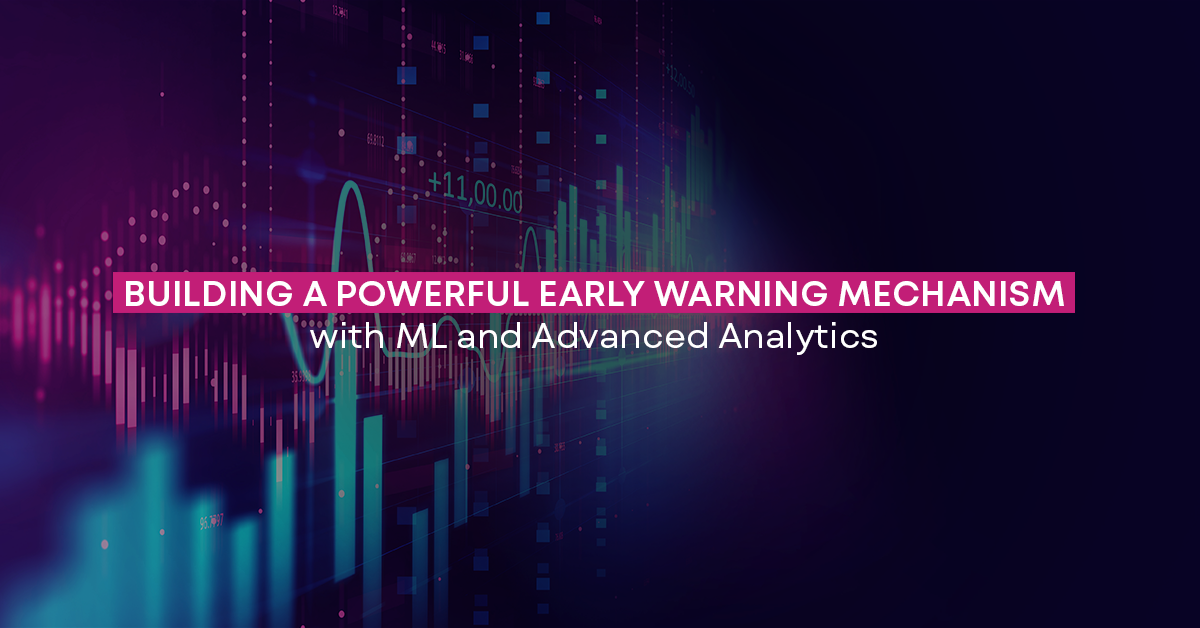Building a powerful Early Warning Mechanism with ML and Advanced Analytics
QUALCO |
The global economic turmoil over the past months has pushed the financial industry into uncharted waters. The number of customers likely to face distress constantly increases and creditors are at the crossroads. The latest European Banking Authority (EBA) Guidelines about Early Warning Systems (EWS) Implementation, in combination with the need to identify at-risk customers the soonest possible, makes it clear for the banking sector that technology will give the answer.
What do the EBA guidelines about EWS suggest?
Being into effect from the 30th of June 2021, they apply to all credit institutions in Europe and state that lenders must implement Early Warning Systems (EWS) for the effective management of their portfolios. To achieve this, financial organisations need to build and maintain a powerful Early Warning Mechanism, which will be an essential component of a sound debt management framework from now onwards.
How technology can help?
The use of Machine Learning (ML) and Artificial Intelligence (AI) is building momentum in the credit management industry. By delivering intelligent recommendations to lenders and unveiling correlations and patterns previously unknown, these state-of-the-art technologies provide insights to lenders that help them understand their customers better and adapt their strategies accordingly. By doing so, banks now have the opportunity to increase their profitability by providing high-quality services that are personalised to their customers.
What are the challenges?
While the advantages of the use of ML and AI outweigh the disadvantages, their implementation by creditors won't be plain sailing. EBA Guidelines don't provide much info on how they can be used and alongside there are some common limitations that should be taken for granted, such as the fact that these technologies require specific expertise to bear fruits.
Altogether, the credit management industry has been called to deal unexpectedly with the uncertainty the pandemic brought. For that reason, it is now imperative for the banks to readjust their game plan to this constantly changing environment to stay afloat. By turning to ML and AI, they will be increasing their shots to succeed, as those are empowering financial institutions to accommodate modern customers' needs.
Want to get a forward-looking perspective on how machine learning can take credit management to the next level? Discover our latest whitepaper Unlocking the Potential of an Early Warning System in Banking using Machine Learning for more.


.jpg?width=352&name=498x262-BlogPost-1-FINAL%20(1).jpg)

